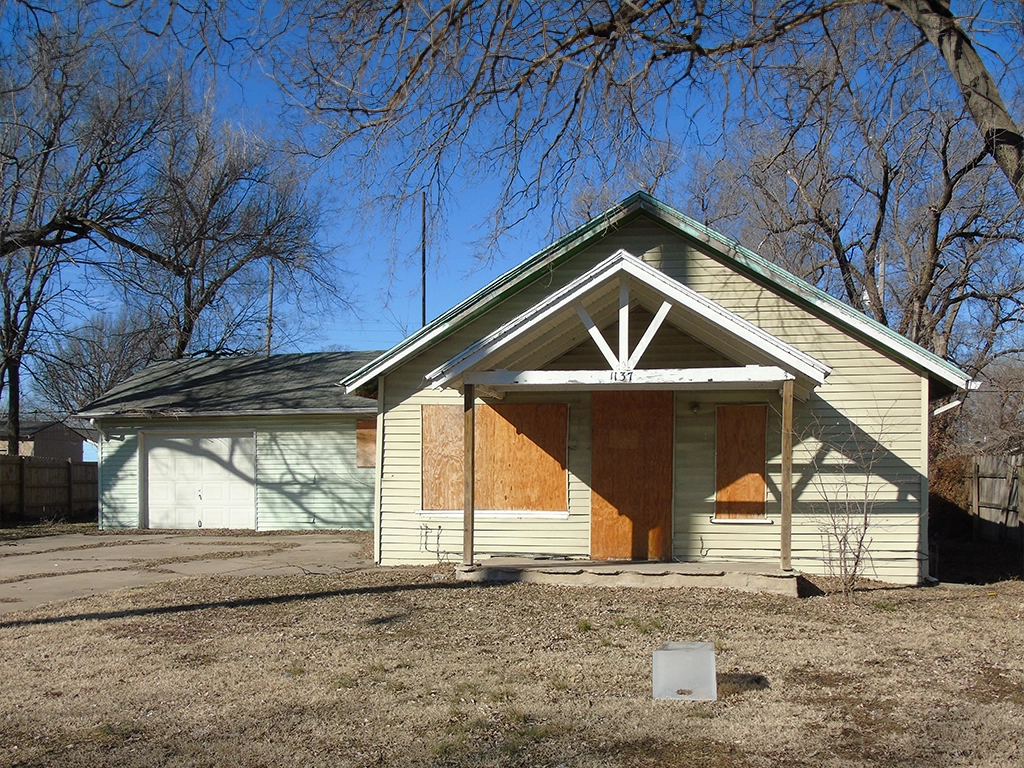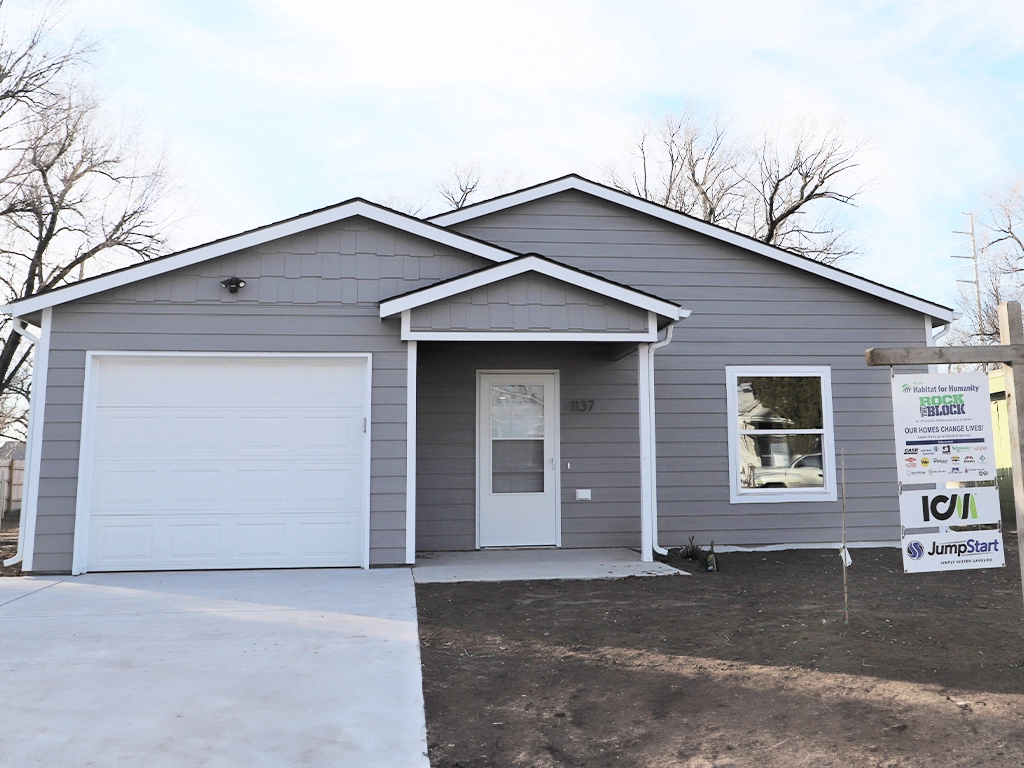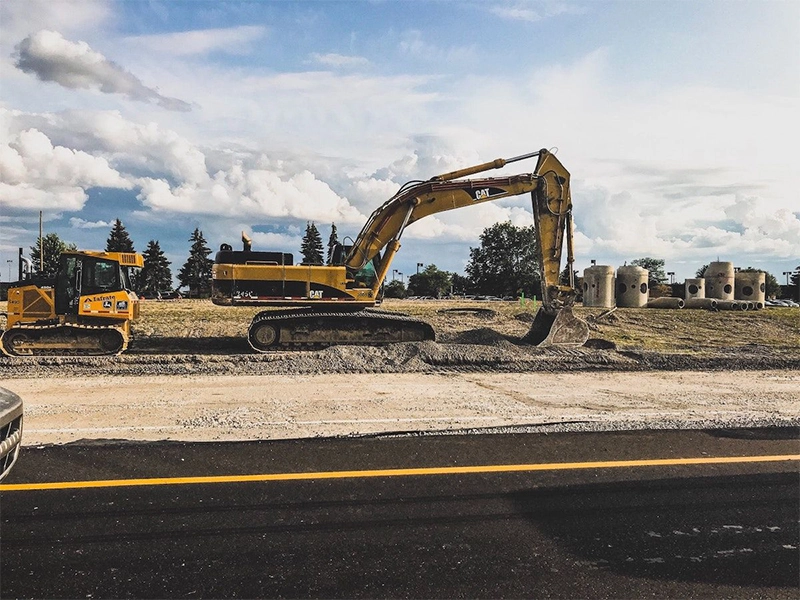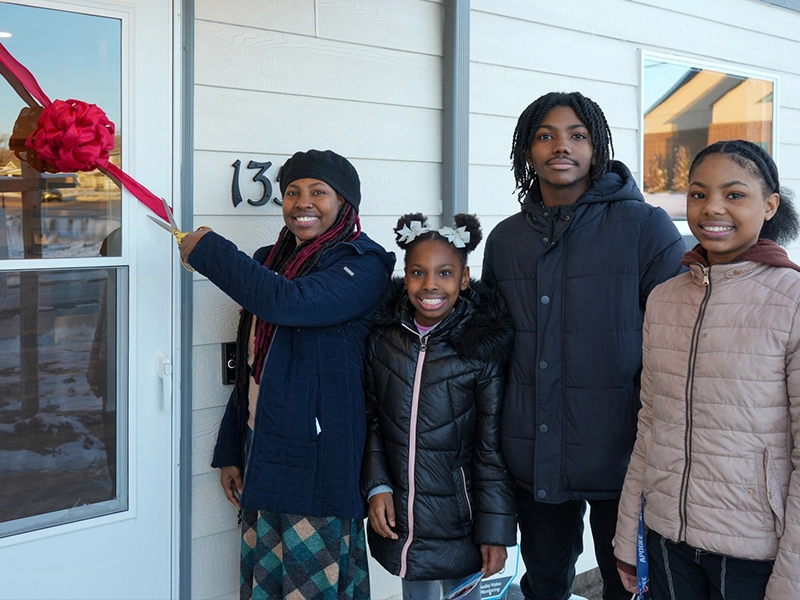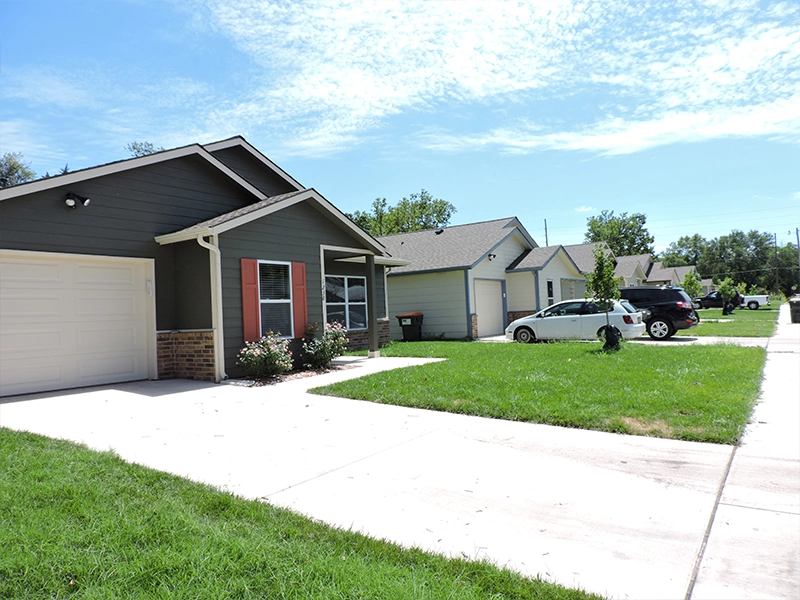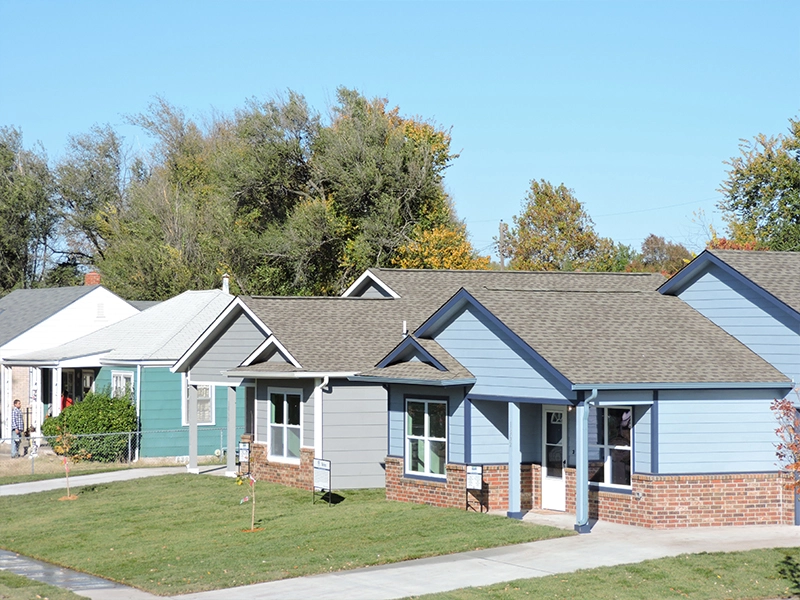shaping advocacy strategies
The Impact of Homeownership on Neighborhood StabilityRock the Block Neighborhood
Breaking the Cycle
Our Study
In 2022, Claire Hardman, a research volunteer at Wichita Habitat for Humanity, conducted a study to investigate the correlation between homeownership and 911 calls as well as crime rates in a revitalized neighborhood.
The findings of this research shed light on the potential connection between homeownership and community safety, providing valuable insights for future revitalization efforts in Wichita and beyond.
The Questions Asked
Lower Homeownership Rates Linked to Elevated Crime Rates and Increased 911 Calls
The map depicts the Rock the Block neighborhood area, which, prior to 2010, had a 21% homeownership rate.
- High crime rates act as deterrents for residents and investors, contributing to the decline of property values.
- An improved neighborhood image attracts new builders, ultimately boosting property values and influencing policymakers.
- Residents, feeling overlooked, drive policy changes through their narratives, fostering community revitalization.
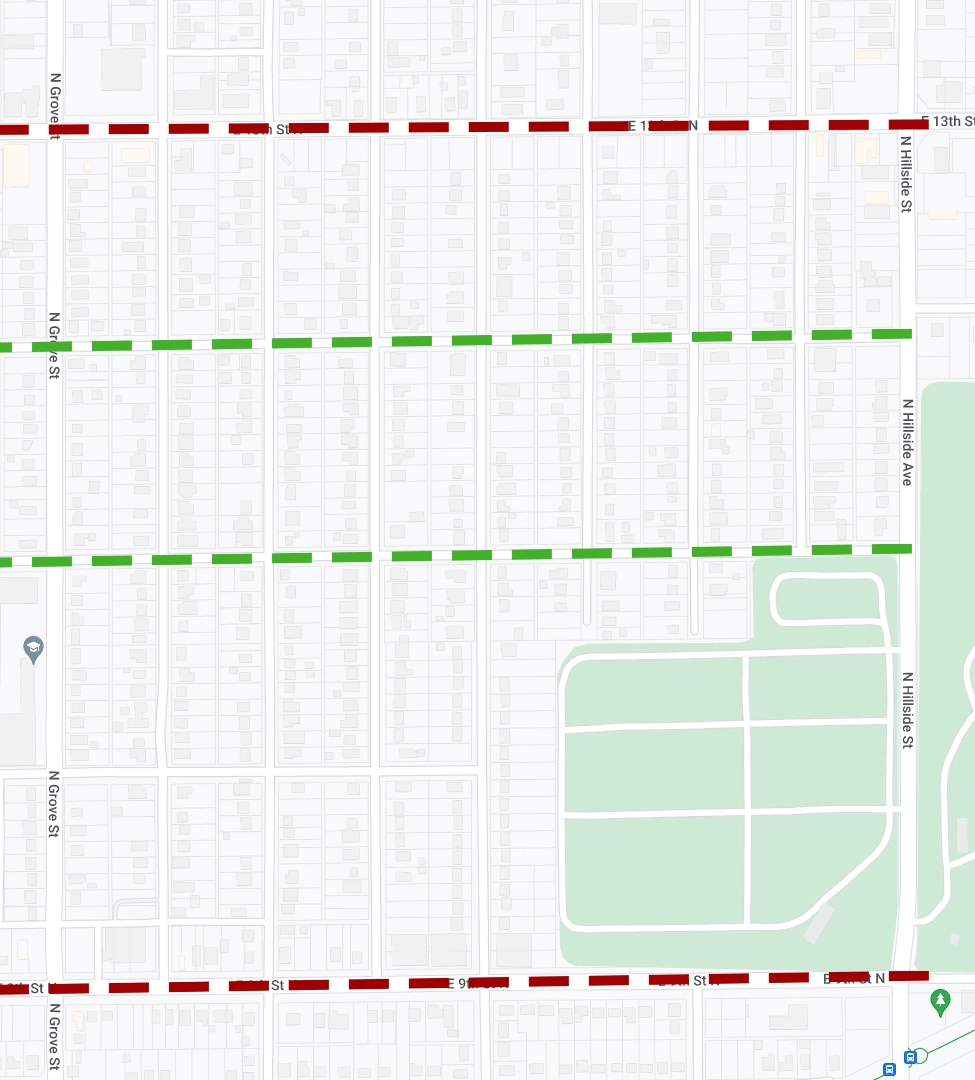
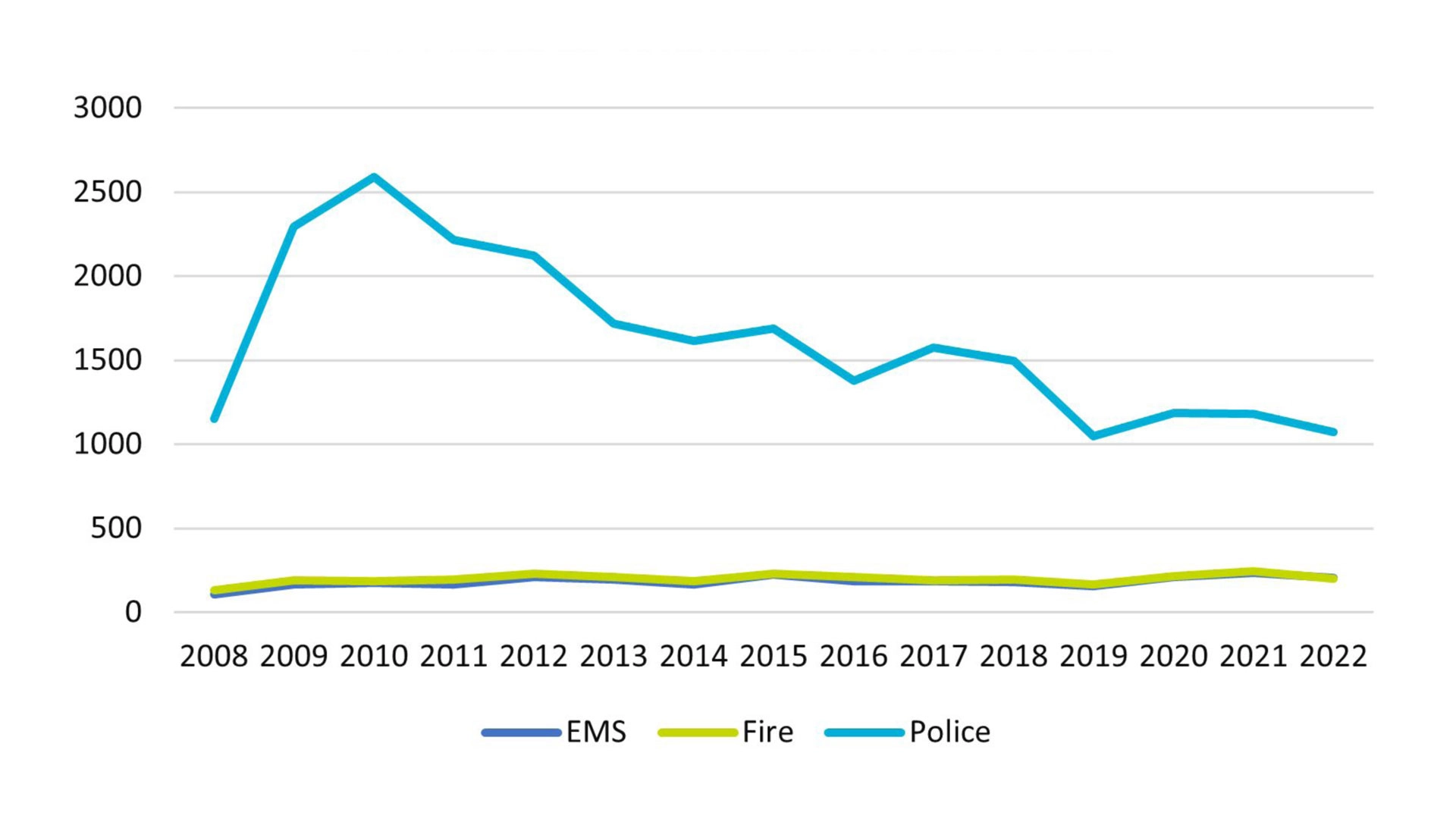
The Correlation:
These statistics prove to policymakers and legislators that affordable homeownership not only stabilizes a neighborhood, but also decreases reliance on community services.
- Homeownership stabilizes a community which enables the formation of stronger social networks, leading to better communication and support systems.
- With increased homeownership, the overall community becomes more resilient and self-sustaining, allowing emergency services to focus on critical situations.
- Educated homeowners proactively support community involvement and problem-solving. Issues are addressed before they escalate to emergency situations.
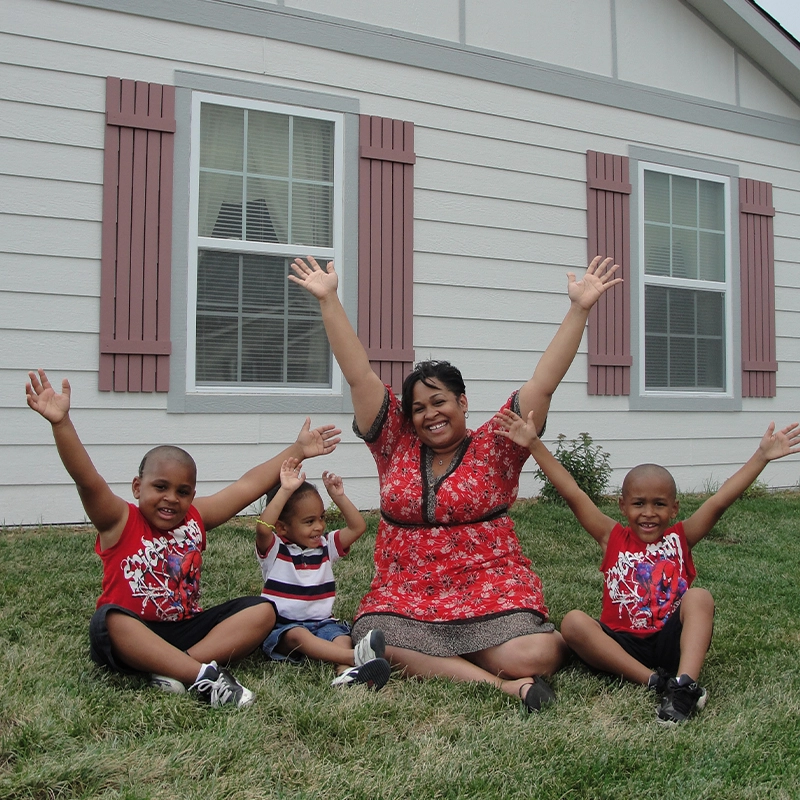
Feelings from Rock the Block
Amanda, Habitat Homeowner (since 2015)"I feel a newfound sense of security, particularly on my block. My welcoming neighbors play a huge role in this, and the increasing number of families settling here amplifies the observant atmosphere."
Officer Grindley, community police officer"The characteristics of Habitat housing developments, including strong community engagement, might explain the lower service call rates in those areas."
Rock the Block: Building Brighter Futures Through Affordable Housing
